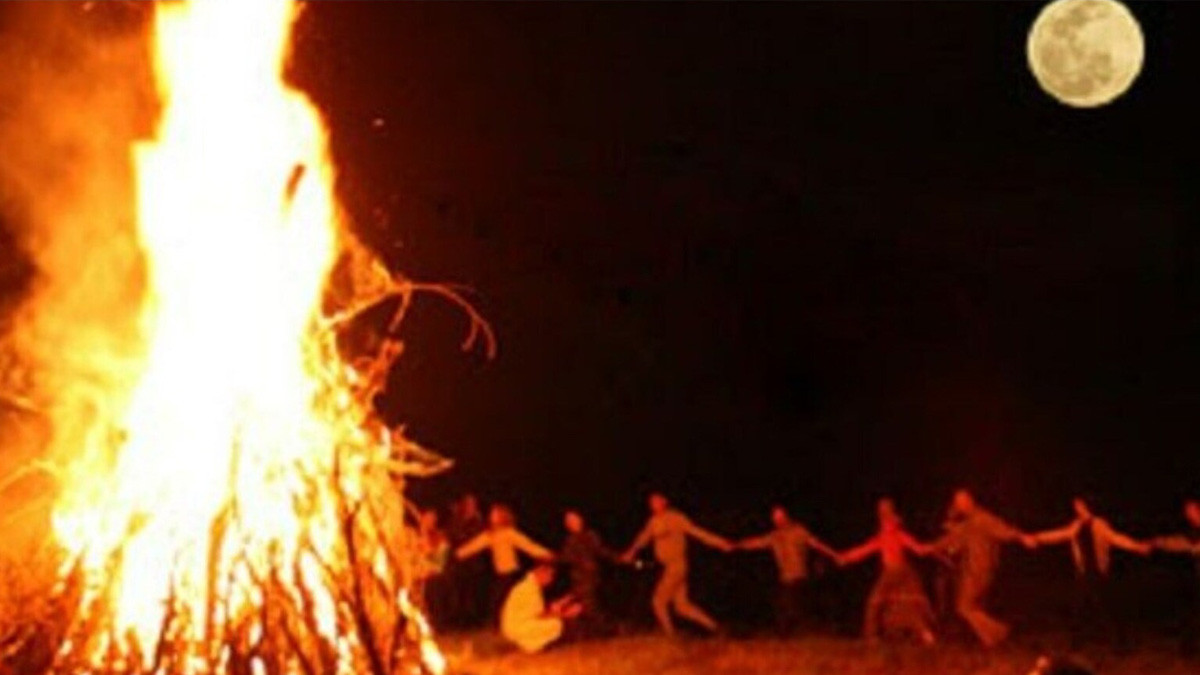
Festival of Holi which was once thought to be celebrated only by Hindus in India and Nepal has changed a lot in the past decade. It is fast becoming a global festival. Native people in a number of countries around the globe have started celebrating Holi and the scale becomes larger every year. This amazing festival often quoted as ‘festival of colours’ has deeper meaning and its significance is greater than just smearing colour to each other.
Holi, the festival of colours originates in Hindu civilization. It is a Hindu festival also celebrated to mark the onset of Spring and thanking the Gods for the good harvest. The festival also marks the victory of good over evil and establishing God's faith in commoners.
The word Holi comes from the word “Holica”, a cruel lady demon who was summoned by the anti-god king Hiranyakasyapu to kill his own son Parlad, an ardent follower of the supreme god, Visnu.
It is celebrated over two days and marks the celebration of fertility, colour, love and the triumph of good over evil.

Story behind Holi Festival
It’s believed that the Holi Festival was earlier celebrated by married women to spread love and prosperity in their new family. However, the festival has changed a lot recently.
The most widely accepted story behind the celebration of Holi is the story of Parlad and his demon father Hiranyakashipu. The cruel demon king who claimed to be immortal demanded to be worshipped as a god and he would punish everyone in his kingdom who supported the Gods. However, his son Prahlad was deeply devoted to worshipping the Hindu deity Vishnu. It was because Hiranyakashipu’s wife was also lord Vishnu’s ardent follower and had sung choir dedicated to Vishnu during her pregnancy. After the birth of Prahlad, Hiranyakashipu tried his best to avoid any influence of God over him. But, despite Hiranyakashipu’s effort Pralhad became Vishnu’s follower from an early age.
So, Hiranyakashipu decided to kill Pralhad and summoned a female demon Holica who would not die due to fire. Holica, lure young Pralhad, placed her in her lap and sat over a large pyre. The fire however killed Holica but did not hurt Pralhad due to the blessing of lord Vishnu. Next day, the general public of the country gathered around the ashes of the pyre and smeared the ashes to each other in happiness at the death of the dreadful demon. It is believed that from that day onwards the Holi celebration had started in the country.
Another story tied to the Holi Festival is that of Radha and Krishna. As the eighth incarnation of the Hindu god Vishnu, Krishna is seen by many as the supreme god. Krishna is said to have blue skin because as legend has it, he drank poisonous milk from a demon when he was a baby. Krishna fell in love with Radha, but feared she would not love him because of his blue skin – but Radha allowed Krishna to dye her skin with color, making them a true couple. On Holi, Festival participants apply color to each other’s skin in honor of Krishna and Radha.
What Is Holi Celebrated for?
Holi is a Hindu festival that has been celebrated since Veedic times (5,000 BC or earlier). The Holi Festival is celebrated as a way to welcome in spring.
During Holi friends and their loved ones gather together to sprinkle water and colour to each other.
On the first day of the festival, a bonfire is lit to symbolically burn away all the bad (Holica) and give way to a colorful and vibrant new future.
Participants of the festival also throw powder dye into the air, covering all in attendance with vibrant colors.









